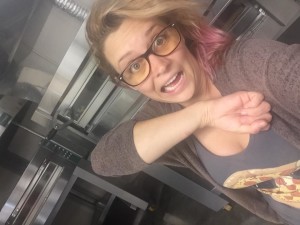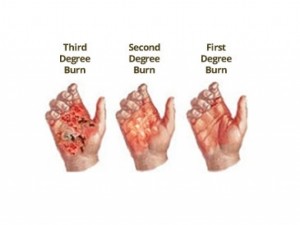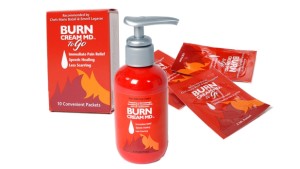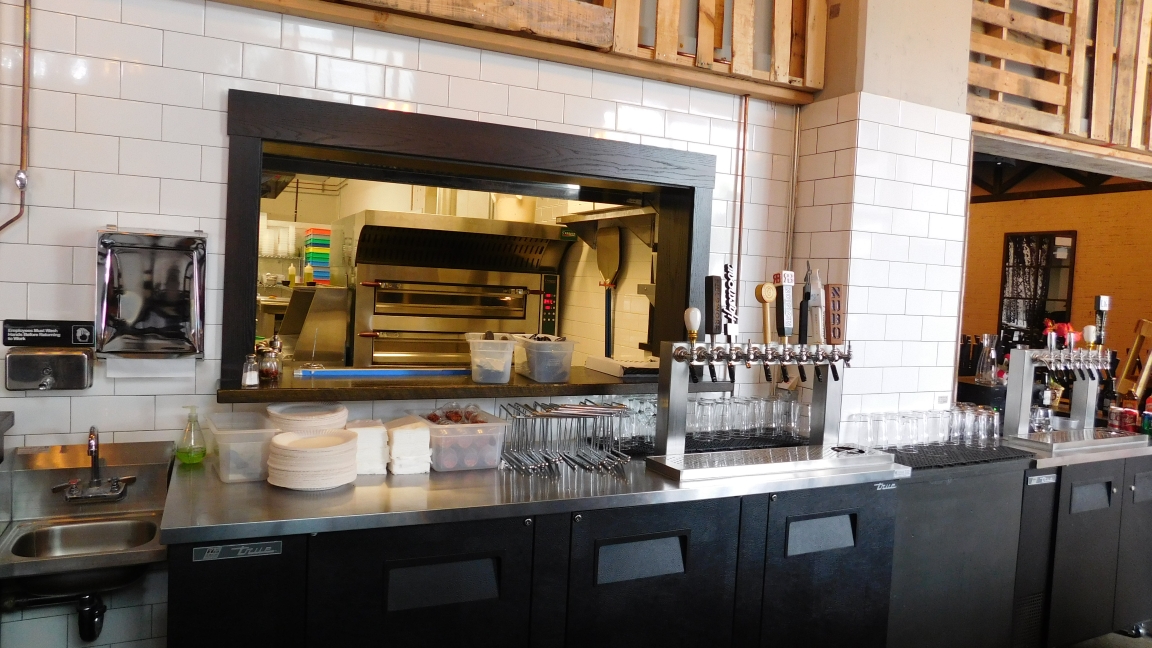
Burns. They happen to the best of us, whether it be a slammed Friday night with the Pizza Orders stacked to the MAX, or that pizza brush is just not long enough to reach the back of the oven for a deep clean, or in my case… you just aren’t quite capable of talking and cooking at the same time. They hurt, they sting, they can be anything from a tiny welt to a need for medical attention, but knowing how to deal with them properly can save you and your employees a lot of pain and headaches in the long run (both literally and figuratively!)
First things first, you’ve got to understand the difference between burns and scalds and how to deal with them both uniquely. Burns happen when the skin comes into contact with dry heat, something like your pizza oven or the side of a hot piece of equipment; Scalds happen when your skin comes into contact with a liquid or vapor: steam table, gas stove, boiling water, hot oil, etc. Both burns and scalds can range from minor injuries to serious conditions depending on the severity of the burn.
Accessing the injury: knowing when you need to seek medical attention, and how to treat burns in house is important training and information for the staff at any restaurant.
 First Degree burns also known as surface burns only affect the outer layer of your skin. They usually look red, swollen and puffy, and they will burn and sting with or without contact, but they will be dry, and without blisters and broken skin. The skin will heal in less than a week, and burn and scar ointments can be applied once the skin is no longer sensitive to touch. It is a common myth that you should Ice a burn, but depending on the severity of the injury icing can cause hypothermia and further damage to the affected skin. Cooling the burn under room temperature or cold water can soothe the area, and then a bandage and ointment such as Neosporin can be applied.
First Degree burns also known as surface burns only affect the outer layer of your skin. They usually look red, swollen and puffy, and they will burn and sting with or without contact, but they will be dry, and without blisters and broken skin. The skin will heal in less than a week, and burn and scar ointments can be applied once the skin is no longer sensitive to touch. It is a common myth that you should Ice a burn, but depending on the severity of the injury icing can cause hypothermia and further damage to the affected skin. Cooling the burn under room temperature or cold water can soothe the area, and then a bandage and ointment such as Neosporin can be applied.
Second Degree burns dig a little deeper into the skin affecting not only the epidermis, but layers of the dermis as well, these types of burns will show blistering. If you are a picker and prodder (like I am), it is important to not pop, pick or rupture your blisters… I repeat DO NOT play with the blister! The blister is your body’s way of protecting itself from infection. Second degree burns should be cleaned gently two to 3 times a day, and should have an antimicrobial ointment and a clean bandage applied until the wound is completely healed. Second Degree burns can take up to 3 weeks to heal, and a general rule of thumb is that if the injured area is larger than the size of your fist, you should seek medical attention to make sure that the area is healing properly without any signs of infection.
 Third Degree burns… I need not write about, because if you have been seriously injured with heat and/or duration at a temperature high enough to cause a 3rd Degree burn… head to the emergency room! Third degree burns will burn through most if not all of the layers of skin and down to the muscle and potentially bone. These types of burns can be life threatening and are at a serious risk for infection and must be cared for with professional medical attention.
Third Degree burns… I need not write about, because if you have been seriously injured with heat and/or duration at a temperature high enough to cause a 3rd Degree burn… head to the emergency room! Third degree burns will burn through most if not all of the layers of skin and down to the muscle and potentially bone. These types of burns can be life threatening and are at a serious risk for infection and must be cared for with professional medical attention.
 Keeping your First-Aid Kit Stocked is the best way to ensure that a First Degree Burn doesn’t turn into a worse situation. If your employees know how to properly handle a mild burn, they are less likely to request medical attention. Bandages, Gauze, Burn Cream and proper procedures can keep your team safe and better prepared to address a work injury quickly and get back to work in the kitchen. My favorite ointment for burns is Burn Cream MD, the stuff is simply amazing, and I only wish I had some on hand this afternoon for my little mishap!
Keeping your First-Aid Kit Stocked is the best way to ensure that a First Degree Burn doesn’t turn into a worse situation. If your employees know how to properly handle a mild burn, they are less likely to request medical attention. Bandages, Gauze, Burn Cream and proper procedures can keep your team safe and better prepared to address a work injury quickly and get back to work in the kitchen. My favorite ointment for burns is Burn Cream MD, the stuff is simply amazing, and I only wish I had some on hand this afternoon for my little mishap!
So now that your kitchen staff is fully prepared to handle their burn injuries, let me take a quick second to tell you about our wonderful ovens which remain cool to the touch on all outside surfaces. The Cuppone Ovens can cook at temperatures of up to 840° F but are so well insulated and retain heat so thoroughly that they are cool to the touch on the outside, their patented design and build are simply amazing, and I’d probably have a lot less scars on my arms and hands if I had had one of these ovens back in the pizza kitchen I used to manage back in my restaurant days!
For more information about our superior quality line of products or information in our Blog, visit our website at www.PizzaEquipmentPros.com or you can contact us at [email protected] Check us out on Facebook for fun facts, product videos and our blog updates!


Recent Comments